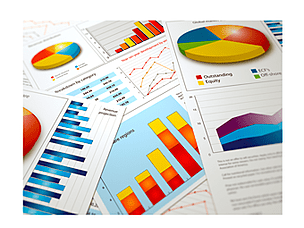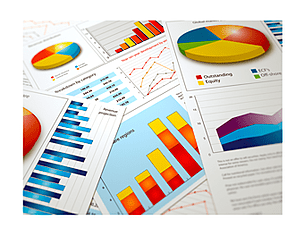
What is Business Intelligence?
After having the opportunity to listen to Jon Oesch’s presentation on “What Really Matters in BI & Reporting,” I felt inclined to share ways in which he differentiated integrated business intelligence from the functional definition of business intelligence.
What BI is (functionally):
- Decision-making tool
- High-level info – trends, summaries, metrics – analytics
- One version of the truth
- Something that can reveal decision points – quickly
Its goal: turn data into information that can be used for intelligence.
However, integrated business intelligence isn't just about the tools or what it can deliver. It is about, in Oesch's words, "using data to drive better efficiency and improve upon the process in which decisions are made." Thus, in order to turn data into information that can be used for intelligence, BI is about:
- Understanding your company
- Understanding your processes
- Understanding your people
- But most importantly, it's about what your people need to see in order to make better decisions, and also how they get to see it.
ERP and a BI solution
Some ERP end-users think their system has what it takes to deliver this type of business intelligence. For one thing, out-of-the-box ERP solutions do not give you a true ETL tool or Data Warehouse, and a Data Warehouse is key to getting data in the right format for integrated business intelligence. Secondly, out-of-the-box ERP doesn't go deep enough to display the kind of data you're needing in order to make decisions. Thirdly, it could be done, but only with multiple skilled and highly trained people.
There are solutions, such as Jet Reports, that can be added on to your current system. For example, I think the most impressive demonstration of this integrated business intelligence was when Oesch was able to take data from 25 tables in dynamics, across a time dimension, and deliver information on them with the click of a mouse. That’s the kind of data you want--especially if you’re going to be making decisions from it.
 Integrated Business Intelligence for the Modern Organization">
Integrated Business Intelligence for the Modern Organization">